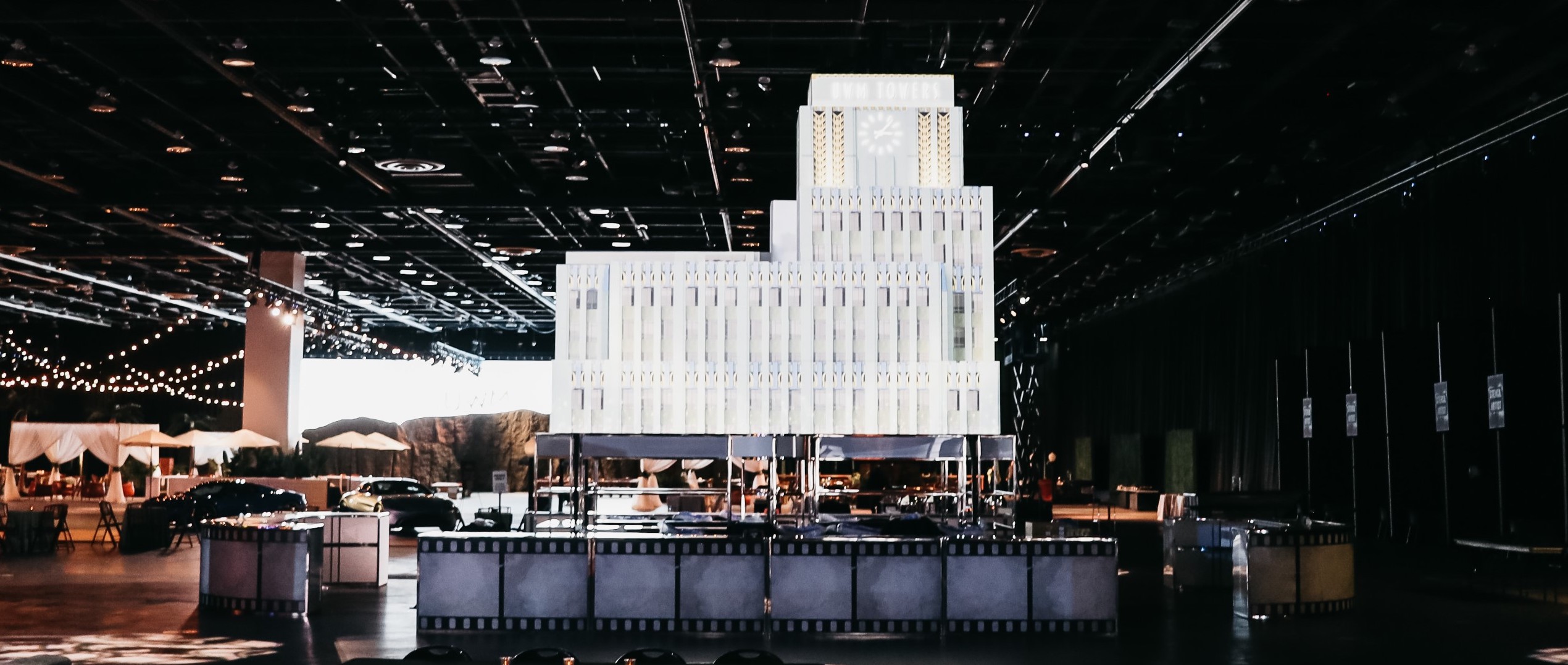The first step for planning an event should always be the drafting of the event budget. You have the flexibility to amend a budget up to about one week before an event. A spreadsheet created in Google Docs or Microsoft Excel is all you need to get started. You don’t have to know advanced spreadsheet tools, just a few easy to learn features such as expanding cells and copying information.

Create Spreadsheet Columns
The top row of spreadsheet rows should comprise the cost details of the budget.
- Item
- Description
- Amount Needed
- Estimated Cost
- Actual Cost
The estimate cost represents the cost given to you by a vendor, before you rent or make the purchase for an event item. Actual cost is the amount that the vendor charges. Factors such as an increase in guest count or unexpected price changes caused by item availability change the actual cost. By recording the estimated and actual costs, you have a tool that allows you to see how much you varied from your ideal budget.
Enter Each Item
The rows that follow the top row contain each item required for your event. You can make catering one broad category or break it down into labor, food, and kitchen equipment costs. Guest count determines several items, such as the amount of food, number of tables, and size of the venue to reserve. You must account for floral, entertainment, and electronics equipment costs.
Perform Research
This is the step when you fill out the estimated cost column of your event budget spreadsheet. Call different vendors that offer the same item or service and comparison shop until you find the best value. Experienced event planners have established long lasting relationships with most vendors, so the research phase of devising an event budget doesn’t take much time.
Calculate Estimated Cost
Add all of the individual budget items to discover the total estimated cost. If the estimated cost exceeds your budgeted costs, you have to make cuts or find other vendors that offer lower price items and services. For example, you order fewer floral arrangements or search for a less expensive band to get your event within budget. A common event budget slashing strategy involves changing from an open bar to beer and wine service only.
Account for Unexpected Expenses
Event planners must account for unexpected expenses, such as paying for broken or missing rental tableware. Many event-planning companies like to pad their budgets by 10%, which should take care of unexpected expenses that include longer working hours and insurance required to rent audio and video equipment.
Some event venues require event planners to purchase permits to host an event, especially if the event includes alcohol. Venue facilities often embed utility fees into the general cost of renting a venue. Ask the venue to separate utility cots from renting the space. You control the cost of utilities by consuming less power and water, which lowers your event budget. Over budget for labor to ensure you have enough people to serve an event that bumps up the guest count a day or two before the event. You can always send some of the help home. Finally, make sure every vendor separates the tax charges from the rest of the items and services purchased.



